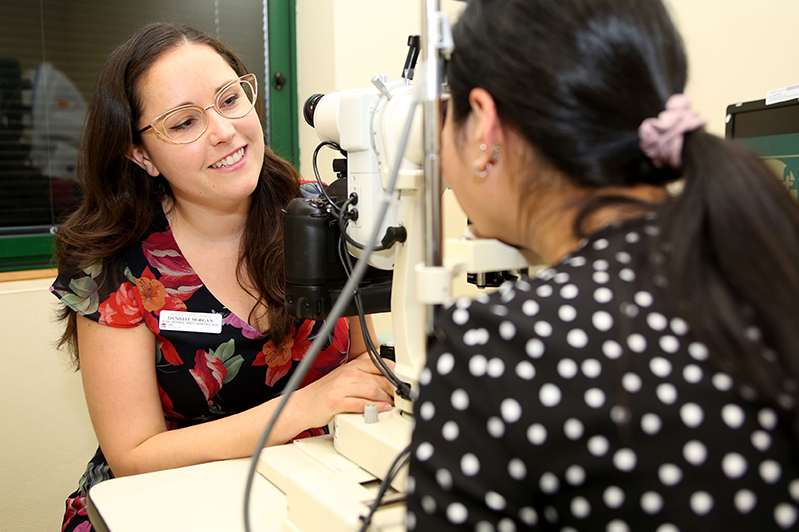Sydney/Sydney Eye Hospital achieves ambitious elective surgery ‘vision’
The countdown to New Year’s Eve 2020 was especially celebratory for staff at Sydney/Sydney Eye Hospital (SSEH), with the date marking a significant milestone in the hospital’s surgery recovery plan.
Initiated in July 2020, a plan was implemented to tackle around 600 cataract procedures which became overdue after non-urgent surgery was suspended by the federal government because of the COVID-19 pandemic.
Laura Candy, Nurse Manager, Perioperative Services, SSEH, said the goal of the plan was to ensure all cataract surgery cases occurred within expected timeframes by 31 December 2020 – which was achieved.
“The pause on non-urgent surgery meant the number of patients who were on the waiting list and overdue for cataract procedures – which means they have been waiting more than a year – significantly increased,” Ms Candy said.
“We implemented a number of innovative strategies to help fast-track surgeries, including creating additional surgical sessions and introducing new systems to improve efficiencies, such as discharging patients directly from a specially repurposed area adjacent to the operating theatres, rather than transferring to a ward or day surgery unit.
“The plan was only a success because, as a team, together we rose to the challenge. There were regular planning huddles with surgeons, bookings, cleaning and operating theatre staff, and many people generously did extra shifts or stayed late to complete the work.
“What motivated and unified us was the enormous improvement in quality of life for patients that comes with having vision restored. Most of our cataract patients are elderly, and it was rewarding to know the extra work we were putting in would help keep them safe,” Ms Candy said.
Louise Dunne, Patient Access Coordinator, SSEH, said introducing different systems out of need resulted in a number of key learnings, and many of the new processes now form part of everyday practice.
“We are all very proud of the targets our team was able to meet last year – we had a countdown to work towards, and watching the waitlist number steadily decrease kept us inspired,” Ms Dunne said.
“The plan wasn’t without its challenges – in fact, there were a number of logistical hurdles which also saw fantastic support come through our supply chain.
“Our surgical supplies are highly specialised for eye surgery and, the pandemic coupled with the high usage, made it difficult to obtain supplies from overseas. As the largest eye surgery centre in the state, we worked with suppliers on creative solutions, including borrowing equipment from other sites, or using alternative supply chains.
“Importantly, despite the ambitious aims of the surgery recovery plan, there was never any compromise to patient safety,” Ms Dunne said.
